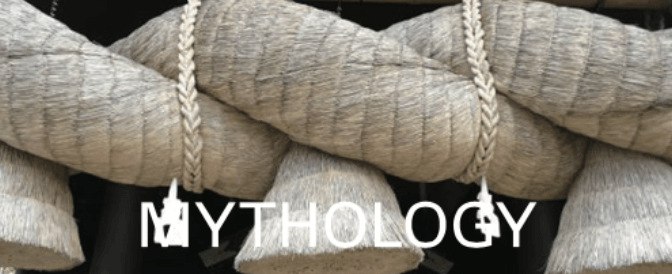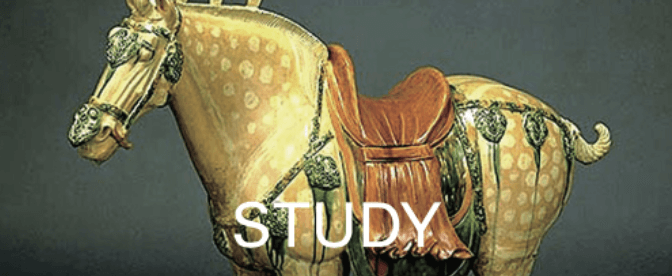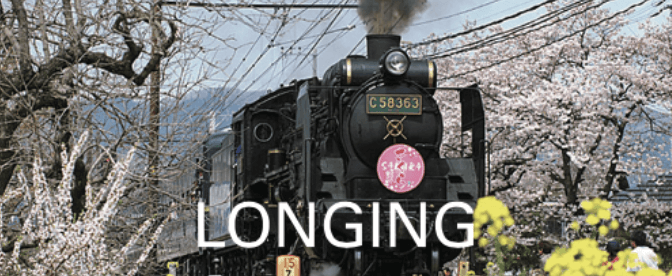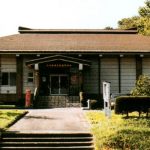
The Asadokoro coast is a shelf at the base of the eastern side of the Natsudomari peninsula. This coast is known as the migratory destination of the whooper swan from ancient times, and there are scenic spots of Matsushima and Komatsushima.
At this museum, excavated items from the early Jomon period of 10,000 years ago are displayed. Moreover, the master of the Tsugaru jamisen, a three-stringed Japanese banjo, Takahashi Chikuzan (1910-1998) was born here and was introduced at his material exhibition room, too.
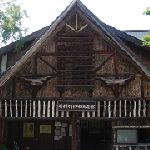
This museum is Hokkaido’s oldest Aynu Cultural Museum. It displays tools and valuable materials. Kamui, God, comes from the sun, the mountains and the sea. Everything and everywhere the gods stay is holy. Every living thing is holy.
The view of life and death is rare, and holy things shall always circulate. I can feel the prayer in my life here.

Otaru City was blessed with a good natural port. It prospered from ancient times through the Kitamaebune trade of the Edo period (1603 – 1868). During modern times, Otaru also prospered as a commercial city and produced artists, literature and other excellent writers.
Japanese painter and Otaru native, Toukan Fudeya (1875-1950) was the most active early modern artist. He drew harmonies of multilayered themes, with landscape and Buddhism paintings and others.
This museum shows you the works related Otaru and the beauty of Otaru, where the ancient and modern overlapped.
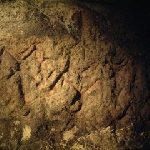
This center, adjacent to the Otaru Museum Main Gallery, exhibits and preserves hollow relief drawn around 1600 years ago. These are similar to the rock wall paintings around the Amur River, which flow to the east of Siberia.
This hollow relief was carved during the post Jomon period (3rd century BC – 7th century). That time was from the end of the Yayoi period to the beginning of the Tumulus period on the main island of Japan.
Otaru is a place where the culture of post Jomon and the southward northern culture, had overlapped.
